80 years Freedom: Gerben Wagenar, the resistance hero who sparked his football club fire
On May 5, the Netherlands celebrates 80 years of freedom. Exactly 80 years after the liberation from Nazi Germany, the country once destroyed by war remembers those who fell and those who rose up during the most challenging times in its modern history.
Even under the ruthless rule of Nazi Germany, the sport kept the Dutch people. Football remained largely untouched by the occupiers and withdrew thousands of participation.
But the pits, courts and fields also housed heroes of Dutch resistance, who fought for the country’s freedom by giving shelter to Jewish families, sabotaging the efforts of the German war, being the extension of the Dutch government in London and standing against oppression.
During the week in which we celebrate 80 years of freedom, we show the stories of the resistance heroes that lived dual lives inside and outside the theater of their sport.
Gerben Wagenar
After debuting as a 16-year-old for the then Third Division Club De Volewijckers, Wagenaar helped the Amsterdam club stand up in Dutch football ranks. In 1941, local newspapers welcomed the broad midfielder as a diligent, stylish player. “Gerben Wagenar tried again and it was a pleasure, not for a moment neglecting his technique and brain work,” The Het Volk newspaper reported on November 3.
De Volewijckers equally reached the promotion in 1941 under the leadership of the Wagenar club captain.
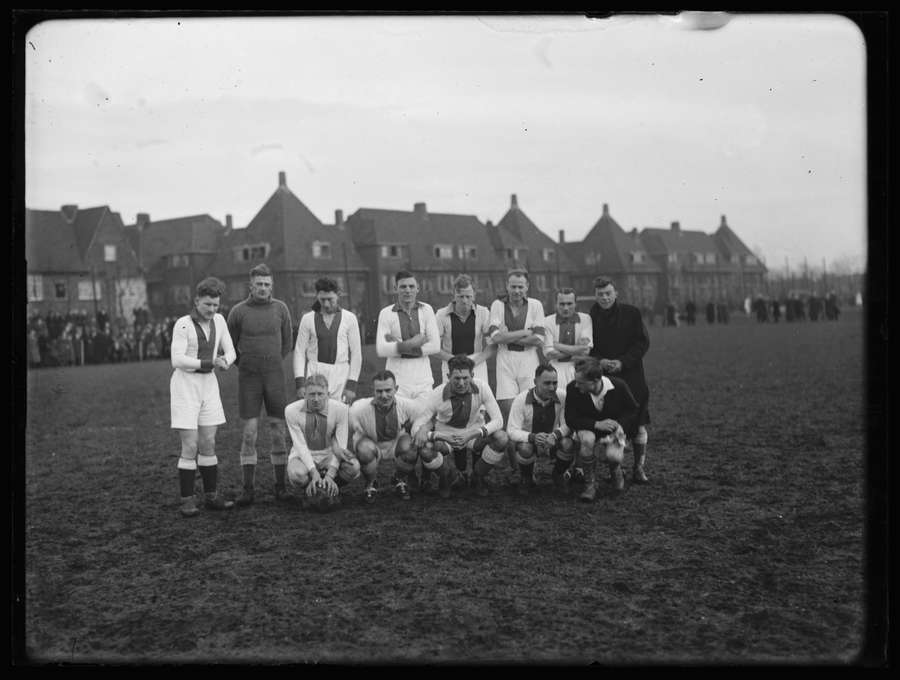
However, Wagenar had led a double life since the surrender of Dutch forces during the German occupation. The big star, the Bjonde of De Volewijckers joined the Dutch resistance for a simple week after capitulation and gradually grew as a resistance fighter.
Immediately after the festive words from Het Volk, Wagenar disappeared from the earth’s face. The German occupier had it on their radar – enough reason for the midfielder to go into concealment.
He was one of the masters after the famous February strike of 1941, which was organized by the then Illegal CNP, Wagenar of the Dutch Communist Party was a member of.
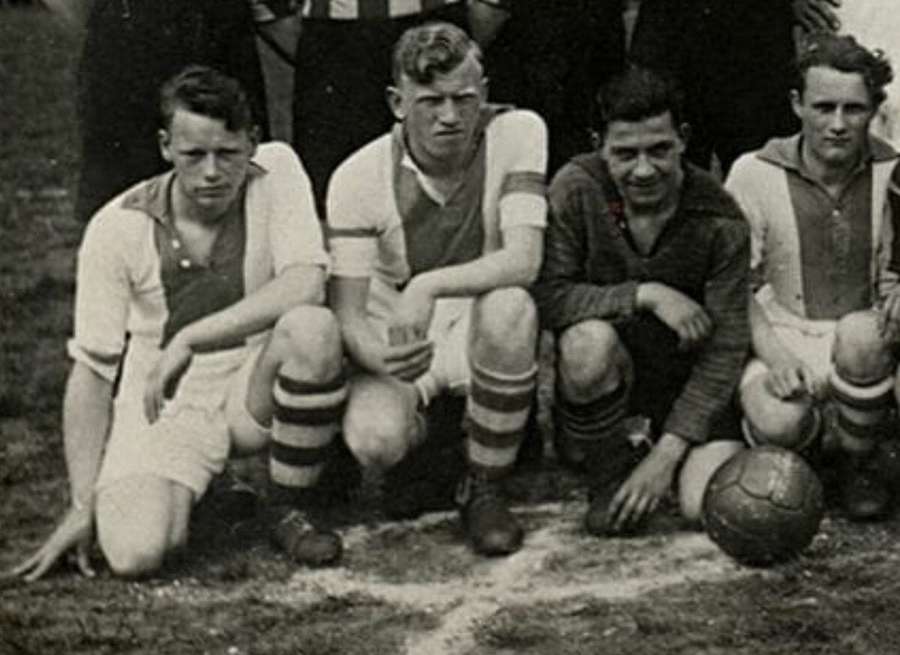
She did not stop Wagenar and his efforts to call the German war machine to stop. As a member of the Resistance Council, Wagenar stayed in contact with the resistance groups connected and mostly sabotaged the 30 German fighter planes, which exploded shortly after departing from an airport near Breda.
De Volewijckers
However, the resistance hero did not just stay hiding. In 1942, Wagenar participated in that year’s elfstedentocht, the famous skating tournament that passed the 11 cities in Frisia province. And the midfielder even clashed with his former coach from De Volewijckers in Utrecht, Jaap Van Der Luck.
“On a good day, my left midfielder Gerben Wagenar suddenly seemed to be gone,” Van der Luck told Het Parool in 1985. “Then I heard that he was in resistance. But his brother Dowe stayed as chairman of the club.
“Later in the war, I happened to run back to Gerben in Utrecht. He scared the hell of me. Then you think: Gosh, if they knew Gerben Wagenar was walking here … he approached me and said: ‘Things are going well with De Volewijckers, aren’t they?'” “
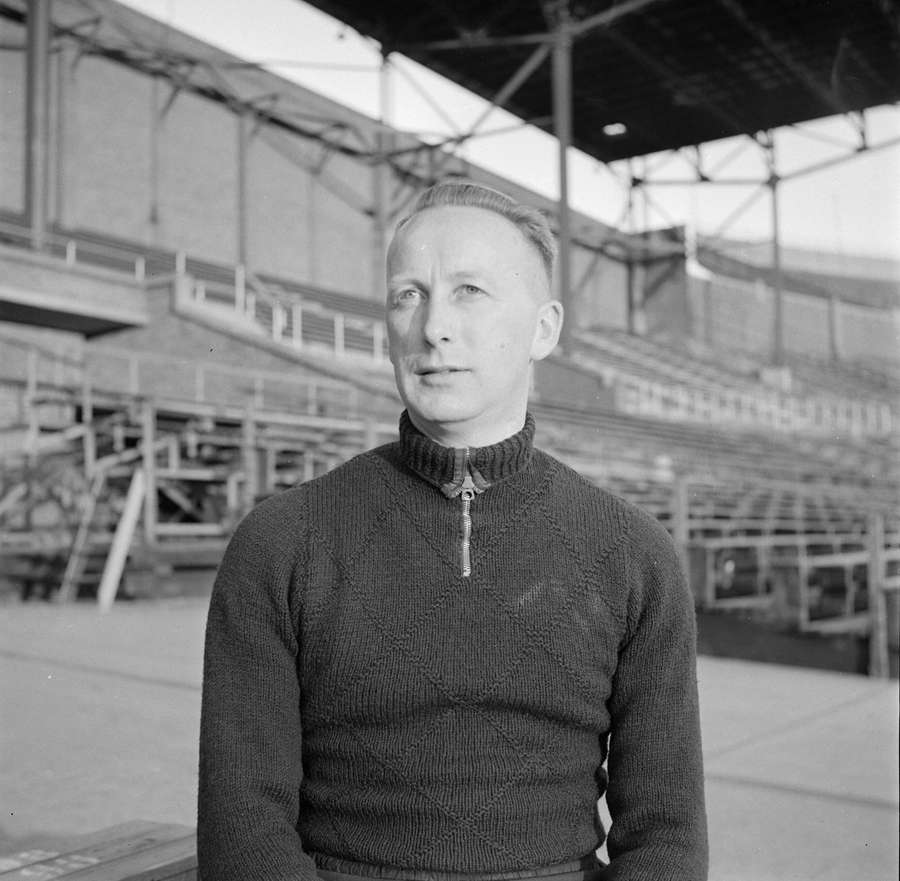
And they were. When Wagenar debuted for De Volewijckers in 1928, they played at the third level of Dutch football. The club had captured the promotion at the second level a few months before Wagenaar disappeared, and their rise in Stardom did not stop here.
In their first season at the second level, Van Der Luck’s Vanjewijckers were promoted at the highest level of Dutch football after beating DOS by Utrecht at the Sold Ajax Stadium.
The first class A, in which De Volewijckers played, was one of the five regional races at the highest level of the NVB Dutch football association, which the German occupiers restructured by KNVB (Konincliyke Nerlandse Voetbalbond, or Royal Dutch Football Association) Royal Dutch Football Association) ‘Royal’ by name and identity.
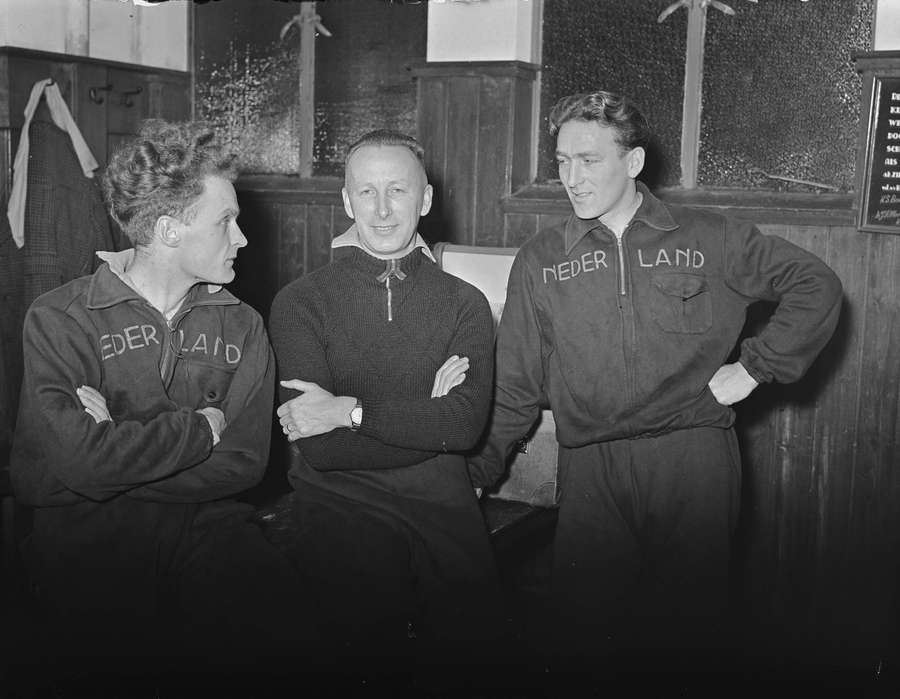
The first season of De Volewijckers at the top level was historic, but it also saw one of the worst chapters of the club’s history. In July 1943, after finishing seventh place, the De Volewijckers complex was hit by an allied bombing intended for the Focker plane factory, which was taken during the German occupation. After playing in their home field, which was considered very dangerous, De Volewijckers moved from northern Amsterdam to the Ajax Stadium in the East.
Inspired by Chapman
The first season away from home would be written forever in the history of football. De Volewijckers’ football refugees, who rose to fame with the implementation of Jaap Van Der Luck by the famous Herbert Chapman’s’ WM System ‘, won the first class title – their first key title in the club’s history. De Volewijckers thus qualified in the championship group, where they would play Vuc, Longa, Heerenveen and Heracles for the official professional championship.
After defeating the 6-1 heracles in the first game, Heerenveen would play in other Amsterdam. De Meer hosted 40,000 spectators for the second match of the De Volewijckers Championship, but the game on March 26, 1944, would not last long as air sirens sounded ten minutes after starting. There was an evacuation, but that did not seem to matter to the support of the house: “We are green green, we are de Volewijckers,” they cheered before we were escorted.
After two wins and a loss, the match to be De Volewijckers against Heerenveen would be essential for the title. Before 50,000 fans – among whom many Jews were hiding – and without their Jewish players, who were forcibly detained, and their goalkeeper, who was sent to Germany as a forced worker, De Volrewijckers exceeded Heerenveen 4-1 on the road to their first and only national title.
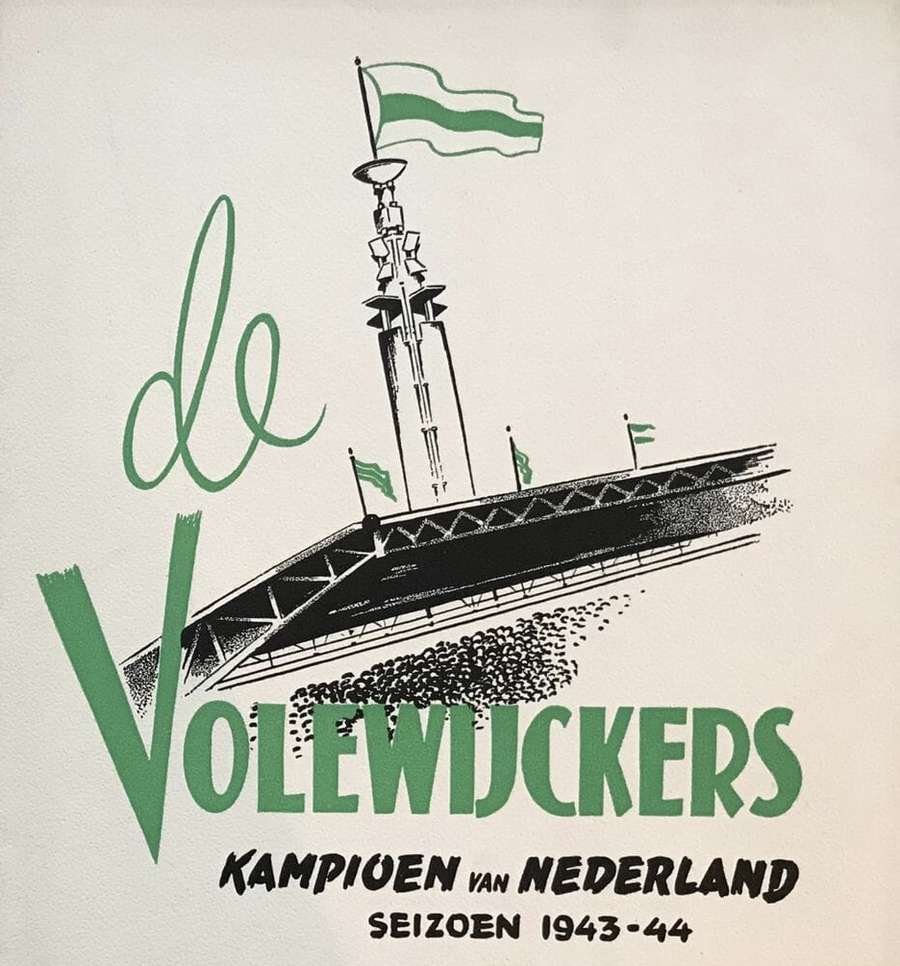
Gerben Wagenar was not there to celebrate, but his brother Douwe celebrated the title as chairman. Douwe had organized a silent protest in 1943 when he made his side wear orange shirts – the color of the prohibited royal family and Dutch identity – instead of white and green boxes. Dedicated to him an arrest, but underlined what De Volewijckers and the Wagenar family stood.
Gerben Wagenar would continue to Coach de Volewijckers in the 1960s and make a name for himself as a politician before he died in 1993.